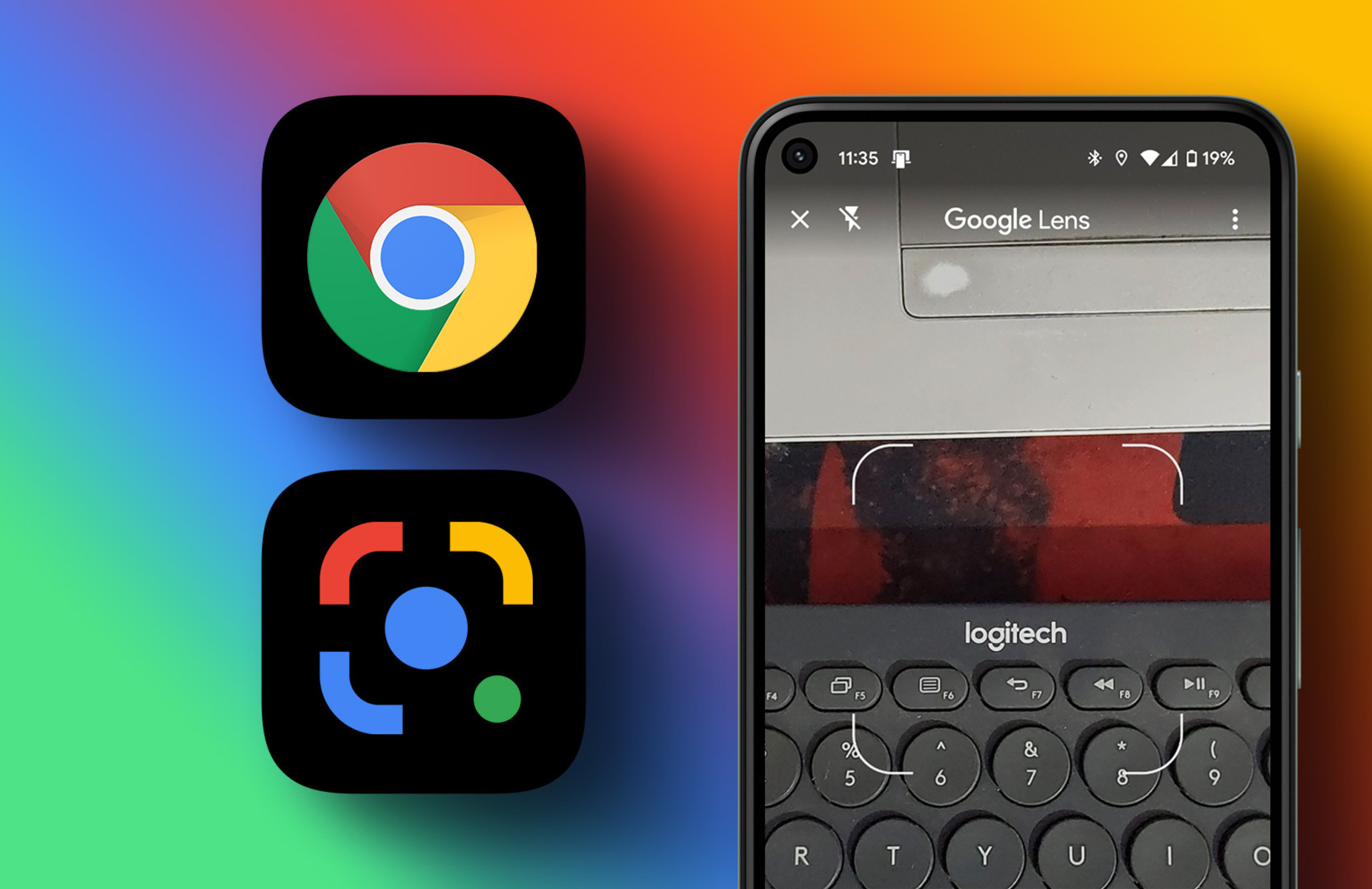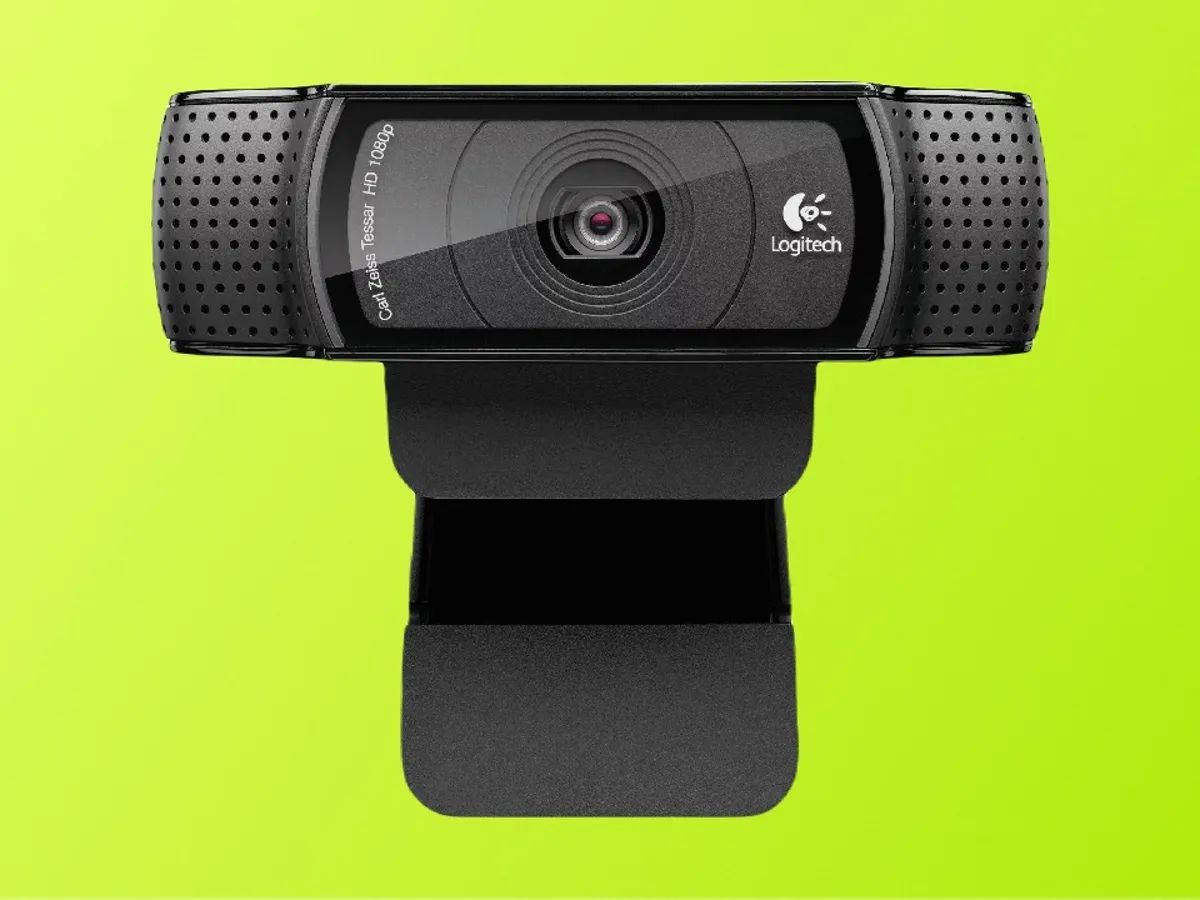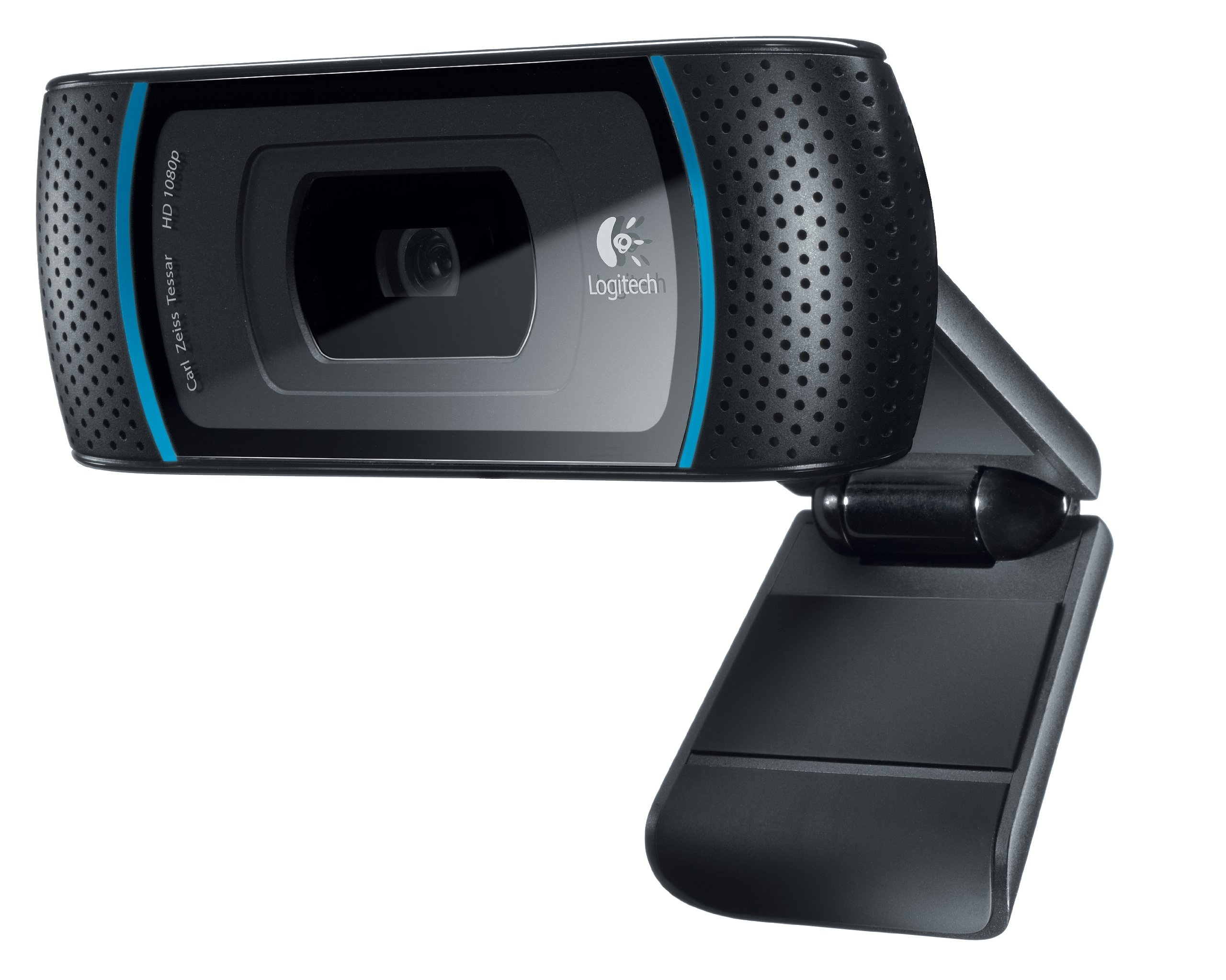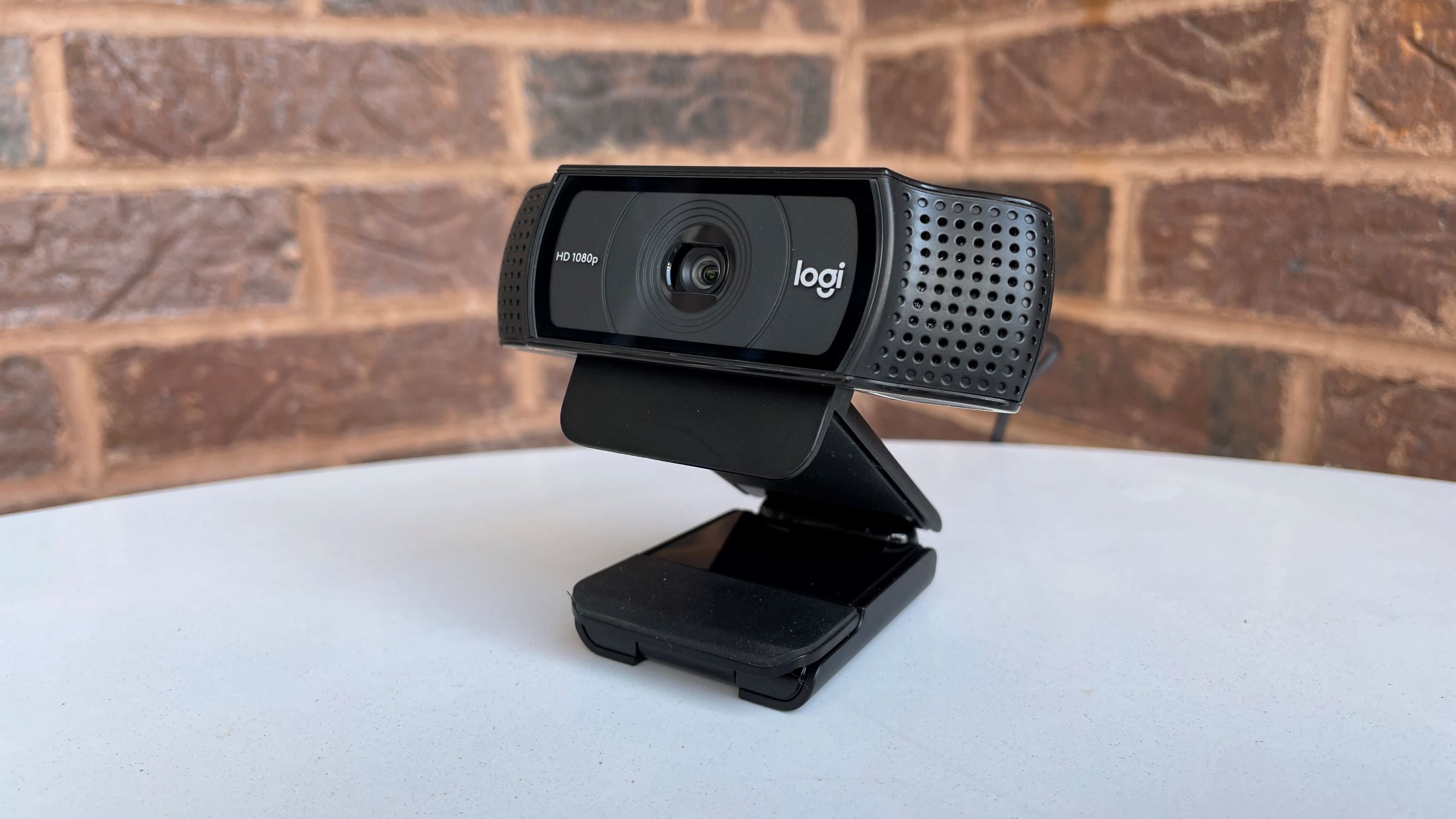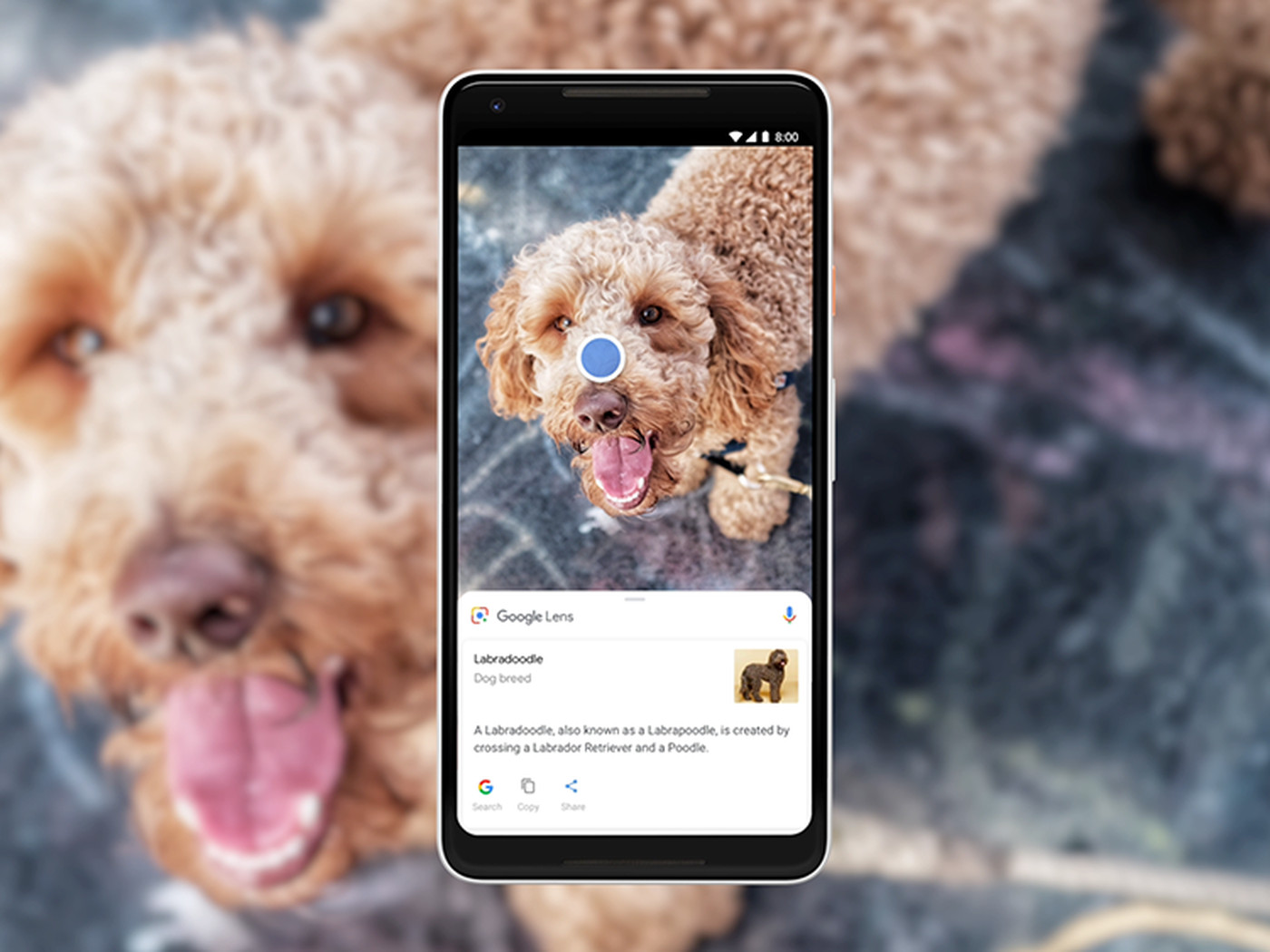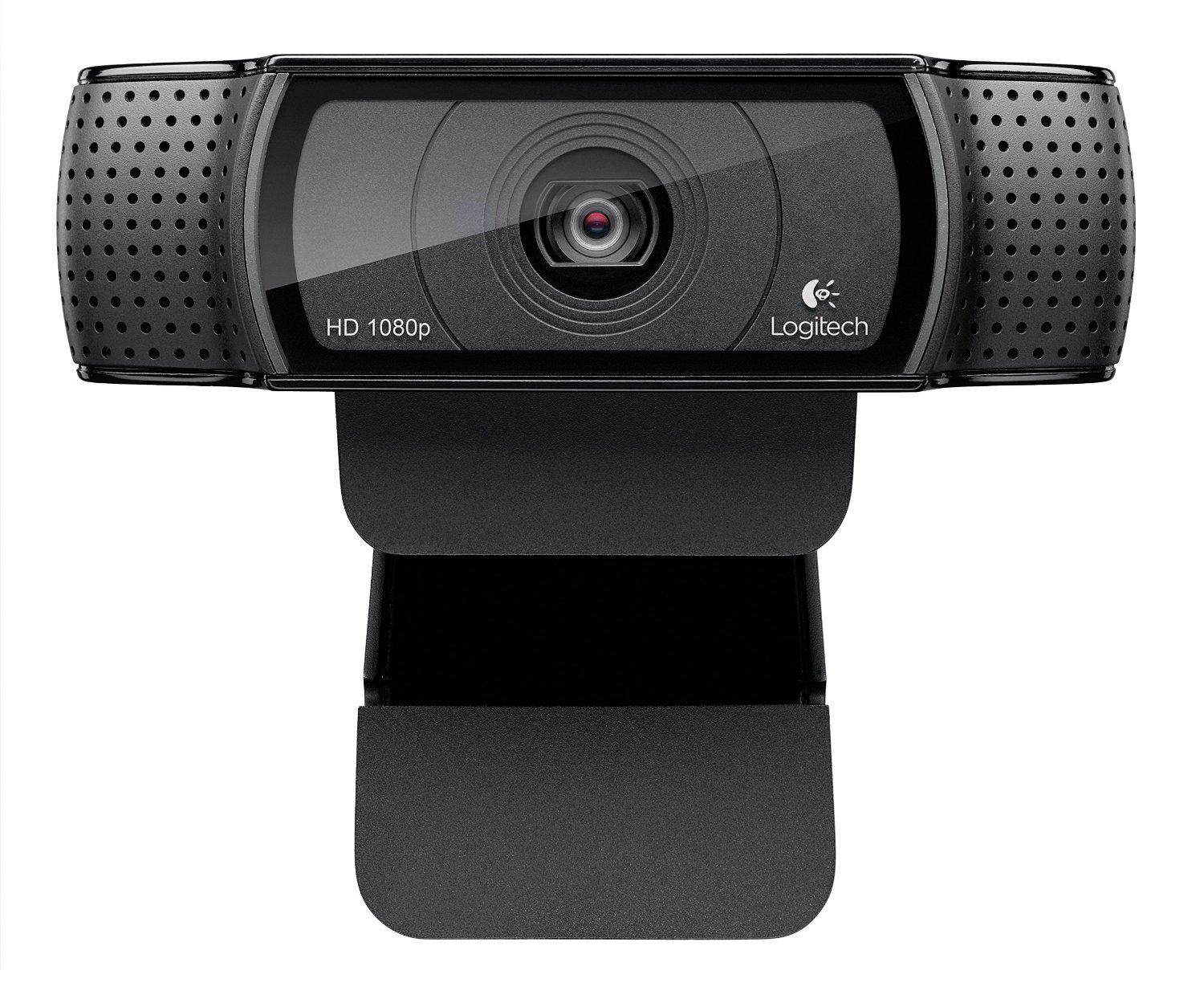Introduction
Google Lens is a powerful tool that brings the physical and digital worlds together, allowing users to access a wealth of information with just a simple scan. Originally introduced as a standalone app, Google Lens has now been seamlessly integrated into the Chrome browser, making it more accessible and convenient for users to harness its capabilities without the need for additional installations.
With Google Lens in Chrome, users can explore a myriad of functionalities, including identifying objects, translating text, searching for similar items, and even extracting text from images. This innovative feature has revolutionized the way we interact with digital content, offering a seamless bridge between the physical and virtual realms.
Whether you're a student looking to quickly translate foreign text, a fashion enthusiast seeking to find similar items online, or a professional aiming to extract valuable information from images, Google Lens in Chrome provides a versatile and intuitive solution. By leveraging the power of artificial intelligence and machine learning, Google Lens empowers users to unlock a world of knowledge and possibilities with just a few clicks.
In this comprehensive guide, we will delve into the various ways you can harness the potential of Google Lens in Chrome to streamline your online experience. From installation to practical applications, we will explore the diverse functionalities of Google Lens and how they can enhance your browsing journey. So, let's embark on this exciting exploration of Google Lens in Chrome and discover the myriad ways it can elevate your digital interactions.
Installing Google Lens in Chrome
To begin harnessing the power of Google Lens in Chrome, the first step is to ensure that the feature is readily available within your browser. Fortunately, the process of integrating Google Lens into Chrome is straightforward and can be accomplished with just a few simple clicks.
-
Update Chrome: Before proceeding, it's essential to ensure that your Chrome browser is updated to the latest version. This guarantees that you have access to the most recent features and enhancements, including the integration of Google Lens.
-
Accessing Google Lens: Once Chrome is updated, accessing Google Lens is as simple as right-clicking on any image within the browser. This action will reveal the option to "Search with Google Lens," enabling users to initiate the installation process seamlessly.
-
Enabling Google Lens: Upon selecting the "Search with Google Lens" option, users will be prompted to enable Google Lens in Chrome. This step involves granting the necessary permissions for the feature to function effectively within the browser environment.
-
Confirmation: After enabling Google Lens, a confirmation message will indicate that the feature is now accessible within Chrome. This confirmation serves as a testament to the successful integration of Google Lens, paving the way for users to explore its diverse functionalities.
By following these simple steps, users can effortlessly install Google Lens in Chrome, unlocking a world of possibilities and convenience right at their fingertips. With Google Lens seamlessly integrated into the browsing experience, users can seamlessly transition between visual content and valuable information, enhancing their online interactions in a meaningful way.
Using Google Lens to Identify Objects
Google Lens in Chrome offers a remarkable feature that allows users to effortlessly identify objects within images, providing valuable insights and information with just a simple scan. Whether you encounter an unfamiliar landmark, a unique plant species, or an intriguing piece of artwork, Google Lens empowers you to unravel the mysteries behind the visual content you encounter online.
Upon encountering an image of interest, users can initiate the object identification process by right-clicking on the image and selecting the "Search with Google Lens" option. This action triggers Google Lens to analyze the image, leveraging advanced image recognition algorithms to identify the objects within it. The results are then displayed, offering relevant information and details about the identified objects.
For instance, if you come across a captivating architectural structure in an online article, using Google Lens can unveil its historical significance, architectural style, and even provide links to related resources for further exploration. Similarly, when encountering unique flora and fauna in images, Google Lens can provide insights into their species, habitats, and ecological significance, fostering a deeper understanding of the natural world.
Moreover, Google Lens in Chrome extends its object identification capabilities to encompass a wide array of items, including consumer products, electronic devices, and much more. This functionality proves invaluable when shopping online, as users can effortlessly identify products within images and access comprehensive details, pricing information, and links to make informed purchasing decisions.
The seamless integration of Google Lens in Chrome transforms the browsing experience, offering a seamless transition from visual content to valuable knowledge. By harnessing the power of object identification, users can satisfy their curiosity, gain deeper insights, and make well-informed decisions, all within the familiar environment of the Chrome browser.
In essence, Google Lens in Chrome serves as a digital magnifying glass, empowering users to delve into the depths of visual content and uncover a wealth of information with unparalleled ease. This transformative feature not only enriches the browsing experience but also fosters a deeper connection between the digital world and the wealth of knowledge it holds.
Using Google Lens to Translate Text
Google Lens in Chrome introduces a seamless and efficient method for translating text within images, breaking down language barriers and facilitating cross-cultural communication with unparalleled ease. This innovative functionality empowers users to effortlessly decipher foreign text encountered in images, opening doors to a world of multilingual content and information.
Upon encountering an image containing foreign text, users can leverage Google Lens to initiate the translation process effortlessly. By right-clicking on the image and selecting the "Search with Google Lens" option, users can prompt Google Lens to analyze the text within the image and provide a translation in their preferred language. This streamlined approach eliminates the need for manual transcription or the use of external translation tools, offering a swift and intuitive solution for language translation within the Chrome browser.
The implications of this feature are far-reaching, catering to a diverse range of scenarios where language barriers may pose a challenge. For students and language enthusiasts, Google Lens in Chrome serves as a valuable tool for quickly translating foreign language passages, enhancing the learning experience and fostering a deeper understanding of global cultures and languages. Additionally, professionals navigating multilingual content can seamlessly translate text within images, facilitating efficient communication and knowledge acquisition across linguistic boundaries.
Furthermore, the integration of Google Lens in Chrome extends its translation capabilities to encompass a wide array of textual content, including menus, signs, and documents. This versatility empowers users to effortlessly decipher foreign language content encountered in everyday scenarios, whether it's exploring international cuisine, navigating unfamiliar environments, or accessing multilingual documents.
By harnessing the power of Google Lens to translate text within images, users can transcend language barriers and unlock a wealth of information and experiences that were previously inaccessible. This transformative feature not only streamlines the process of language translation but also fosters a deeper appreciation for global diversity and the interconnected nature of our digital landscape.
In essence, Google Lens in Chrome serves as a powerful linguistic bridge, seamlessly connecting users with multilingual content and enabling them to navigate the rich tapestry of global languages with unparalleled convenience. This integration not only enhances the browsing experience but also reinforces the notion that language should never be a barrier to accessing knowledge and embracing cultural diversity.
Using Google Lens to Search for Similar Items
Google Lens in Chrome offers a remarkable feature that enables users to seamlessly search for similar items based on images encountered during their browsing journey. This innovative functionality harnesses the power of visual recognition and search technology, empowering users to explore a diverse array of products, artworks, and more with unparalleled ease.
When encountering an image of interest, users can initiate the process of searching for similar items by simply right-clicking on the image and selecting the "Search with Google Lens" option. This action prompts Google Lens to analyze the visual content, leveraging advanced image recognition algorithms to identify key attributes and characteristics. Subsequently, users are presented with a curated selection of visually similar items, opening the door to a world of related products, artworks, and visually analogous content.
The implications of this feature are far-reaching, catering to a myriad of scenarios where users seek to explore and discover visually similar items. For fashion enthusiasts, Google Lens in Chrome serves as a valuable tool for effortlessly identifying and exploring similar clothing and accessories, facilitating a seamless shopping experience and inspiring new style choices. Additionally, art aficionados can leverage this functionality to delve into the world of visually analogous artworks, uncovering new pieces that resonate with their artistic preferences and expanding their creative horizons.
Moreover, the integration of Google Lens in Chrome extends its search capabilities to encompass a wide range of products, including home decor, gadgets, and much more. This versatility empowers users to effortlessly explore visually similar items encountered in online images, facilitating informed purchasing decisions and inspiring new discoveries across various categories.
By harnessing the power of Google Lens to search for similar items, users can seamlessly transition from visual inspiration to tangible exploration, unlocking a world of related products and content with unparalleled convenience. This transformative feature not only enriches the browsing experience but also fosters a deeper connection between visual content and the wealth of related items it unveils.
In essence, Google Lens in Chrome serves as a digital curator, empowering users to navigate the vast landscape of visually similar items and discover new products, artworks, and inspirations with unparalleled ease. This integration not only enhances the browsing experience but also reinforces the notion that visual exploration should be seamless and inspiring, opening doors to new discoveries and possibilities.
Using Google Lens to Copy Text from Images
Google Lens in Chrome introduces a groundbreaking feature that revolutionizes the way users interact with textual content within images, offering a seamless method for extracting and copying text with unparalleled ease. This innovative functionality empowers users to effortlessly capture and utilize textual information encountered in images, eliminating the need for manual transcription and streamlining the process of accessing valuable content.
When presented with an image containing textual content, users can leverage Google Lens to initiate the process of copying text effortlessly. By right-clicking on the image and selecting the "Search with Google Lens" option, users can prompt Google Lens to analyze the text within the image and extract it for further use. This streamlined approach eliminates the traditional barriers associated with extracting text from images, offering a swift and intuitive solution for accessing and utilizing textual information within the Chrome browser.
The implications of this feature are far-reaching, catering to a diverse range of scenarios where textual content within images holds significance. For students and researchers, Google Lens in Chrome serves as a valuable tool for swiftly capturing quotes, excerpts, and references from images, facilitating seamless integration of textual content into academic work and research endeavors. Additionally, professionals navigating documents and presentations can effortlessly extract textual information from images, enhancing productivity and streamlining content utilization within their workflow.
Furthermore, the integration of Google Lens in Chrome extends its text extraction capabilities to encompass a wide array of textual content, including signs, labels, and printed documents. This versatility empowers users to effortlessly capture and utilize textual content encountered in everyday scenarios, whether it's extracting contact information from business cards or capturing important details from printed materials.
By harnessing the power of Google Lens to copy text from images, users can seamlessly transition from visual content to actionable textual information, unlocking a world of possibilities and convenience within the familiar environment of the Chrome browser. This transformative feature not only enriches the browsing experience but also fosters a deeper connection between visual content and the seamless utilization of textual information, enhancing productivity and knowledge acquisition.
In essence, Google Lens in Chrome serves as a digital transcriber, empowering users to effortlessly capture and utilize textual content from images with unparalleled convenience. This integration not only enhances the browsing experience but also reinforces the notion that accessing and utilizing textual information should be seamless and efficient, opening doors to new possibilities and productivity enhancements.
Conclusion
In conclusion, the integration of Google Lens into the Chrome browser represents a significant leap forward in bridging the gap between the physical and digital realms. This innovative feature empowers users to seamlessly transition from visual content to actionable information, unlocking a world of possibilities and convenience within the familiar environment of their web browser.
By harnessing the diverse functionalities of Google Lens, users can effortlessly identify objects, translate text, search for similar items, and extract text from images with unparalleled ease. This transformative integration not only enriches the browsing experience but also fosters a deeper connection between visual content and the wealth of knowledge it holds.
The ability to identify objects within images opens the door to a wealth of information, allowing users to unravel the mysteries behind unfamiliar landmarks, unique plant species, and intriguing artworks. This feature not only satisfies curiosity but also fosters a deeper understanding of the world around us.
Furthermore, the seamless translation of text within images breaks down language barriers, facilitating cross-cultural communication and knowledge acquisition. Whether it's deciphering foreign language passages or exploring multilingual content, Google Lens in Chrome serves as a powerful linguistic bridge, connecting users with a world of diverse languages and cultures.
The capability to search for visually similar items based on images offers a seamless method for exploring related products, artworks, and inspirations. This functionality not only enhances the shopping experience but also inspires new discoveries and possibilities across various categories.
Additionally, the ability to extract and copy text from images streamlines the process of accessing and utilizing textual information, eliminating traditional barriers associated with text extraction. This feature enhances productivity, facilitates seamless integration of textual content into academic work, research endeavors, and everyday scenarios.
In essence, Google Lens in Chrome serves as a versatile and intuitive tool that enriches the browsing experience, fosters knowledge acquisition, and inspires new discoveries. By seamlessly integrating the power of artificial intelligence and machine learning into the browsing journey, Google Lens in Chrome transforms the way users interact with visual content, unlocking a world of knowledge and possibilities with just a few clicks.
As we embrace the seamless integration of Google Lens into the Chrome browser, we embark on an exciting journey that transcends the boundaries between the physical and digital worlds, opening doors to new experiences, knowledge, and connections. With Google Lens at our fingertips, the possibilities are limitless, and the bridge between the visual and the virtual has never been more accessible.







